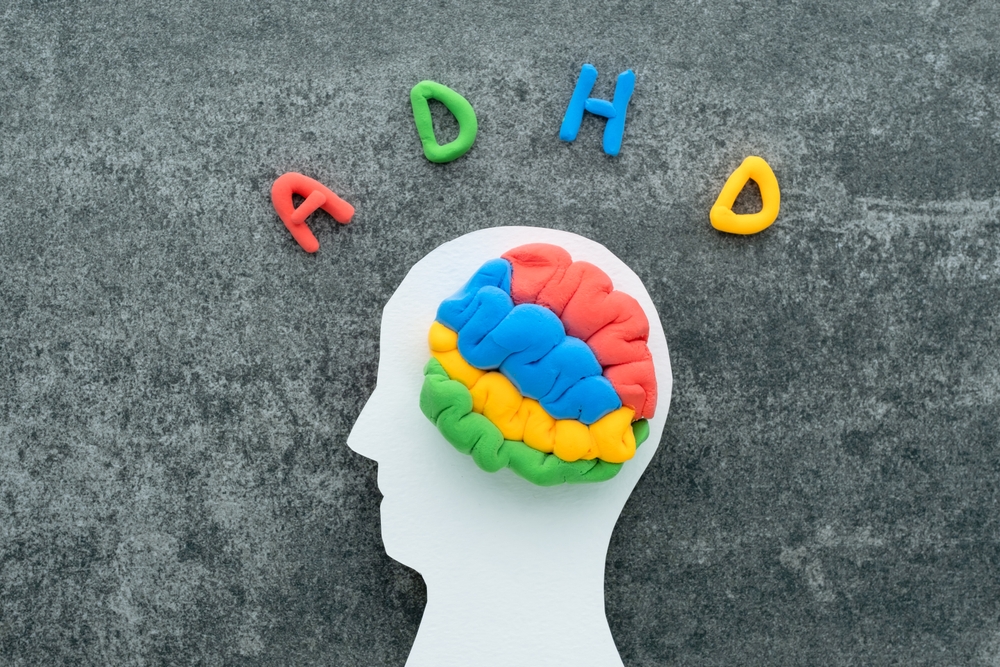Children with ADHD face unique challenges – restlessness, impulsivity, and difficulty focusing can affect nearly every part of their daily life. For parents and therapists seeking structured, non-medication-based support, Applied Behavior Analysis (ABA) therapy offers proven behavioral interventions that build essential life skills.
In this guide, we’ll explore how ABA therapy can help children with ADHD – especially those who may also be on the autism spectrum – thrive at home, in school, and in social environments.
Meeting the Unique Needs of Children with ADHD
Every child with ADHD is different. Some may struggle with sitting still or following instructions, while others have trouble managing emotions or waiting their turn. Understanding these challenges is the first step to supporting lasting change.
Common Behavioral Challenges in Children with ADHD
- Difficulty with focus and attention
- Frequent impulsive behavior
- Trouble with transitions or changes in routine
- Interrupting conversations or activities
- Emotional outbursts or frustration
These behaviors can impact learning, relationships, and family life – but with the right behavior therapy for ADHD, they can be managed effectively.
Difference Between ADHD and Autism
While ADHD and autism can present similarly, they are distinct conditions. ADHD is characterized by inattention, hyperactivity, and impulsivity. Autism spectrum disorder (ASD) involves social communication challenges and repetitive behaviors.
Some children are diagnosed with both, which requires a more tailored therapy plan. For more details, see our article on the difference between ADHD and autism.
How ABA Therapy Can Help Children with Autism Who Have ADHD Symptoms
ABA therapy is a structured, evidence-based approach to changing behavior. Unlike medication, which targets chemical imbalances, ABA focuses on the “why” behind a child’s actions – and teaches new, healthier ways to respond.
Purpose of ABA Therapy
ABA therapy helps children learn by breaking tasks into small, manageable steps. Through repetition, encouragement, and positive reinforcement, children build skills in:
- Attention and focus
- Communication
- Self-regulation
- Following instructions
- Social interactions
This non-medication therapy empowers children through consistency and structure.
Important Considerations
ABA therapy for ADHD should be customized to the child’s needs. A thorough evaluation helps determine:
- Which behaviors need to be addressed first
- What reinforcers are most motivating
- How to best involve parents and teachers in the therapy process
It’s not a one-size-fits-all approach. Factors like the child’s age, diagnosis, environment, and personality all influence the design of an effective program. Ongoing collaboration between therapists, caregivers, and educators helps ensure steady, meaningful progress.
According to the CDC, behavioral therapy is recommended as the first line of treatment for young children with ADHD, particularly those under the age of six.
ABA Therapy Techniques and Benefits for Treating ADHD
When ABA therapy is used to treat ADHD symptoms, several key techniques are especially helpful:
- Token systems and reward charts: Help motivate and reinforce positive behavior
- Visual schedules: Support routines and reduce anxiety about transitions
- Task analysis: Breaks larger tasks into manageable steps to improve focus
- Self-monitoring strategies: Teach children how to pause and evaluate their own behavior
These behavioral interventions not only reduce impulsivity—they give children tools for long-term success.
Improved Focus and Social Skills, Reduced Impulsivity
With consistent therapy, many children show improvements in:
- Staying on task
- Controlling impulses
- Initiating and maintaining peer interactions
- Responding more calmly to frustration
In fact, many parents report noticeable progress within just 3-6 months of consistent ABA sessions.
Comparison and Alternatives: How ABA Therapy Compares to Other ADHD Treatments
Most ADHD treatment plans include a mix of interventions. Medication can reduce symptoms, but doesn’t teach skills. ABA therapy fills that gap by helping children practice what they need to succeed-independently and consistently.
Other non-medication treatments include:
- Occupational therapy
- Parent-child interaction therapy (PCIT)
- Cognitive behavioral therapy (CBT)
Each option offers distinct benefits. For example, ABA targets behavior patterns directly, while occupational therapy focuses on sensory processing and motor skills. CBT is often more effective for older children who can reflect on their thoughts and emotions. A blended approach, incorporating multiple therapies, is often ideal depending on the child’s individual profile. Learn more about medicine for autism and ADHD to explore your options.
Get ABA Therapy Services in North Carolina, New Jersey, Indiana to Support Your Child
Heartlinks offers personalized ABA therapy in several states. Our team works closely with families to build practical, measurable goals – and helps children apply what they’ve learned in real-life settings.
Find a location near you:
Frequently Asked Questions (FAQ)
Can ABA therapy be used for children who don’t have autism?
Yes. While ABA therapy is most often associated with autism, its behavioral techniques can be highly effective for children with ADHD alone.
How long does it take to see results?
It varies. Some children show progress in a few weeks; others take months. Consistency and family involvement are key to success.
Does ABA replace the need for medication?
Not always. For some children, ABA works well without medication. Others benefit most from a combination of both.
What ages benefit most from ABA therapy for ADHD?
ABA therapy is especially effective for children ages 3-12, but older children and teens can also benefit with age-appropriate strategies and goals.
How can parents support ABA therapy at home?
Parents play a critical role in reinforcing therapy goals. Practicing skills at home, using consistent routines, and providing the same types of rewards used in sessions can help children make faster, longer-lasting progress.
Conclusion
ABA therapy for ADHD offers more than short-term behavior management-it gives children the tools they need to succeed long-term. When children are supported in ways that align with how they learn best, their confidence and independence grow.
Whether your child has ADHD, autism, or both, ABA can support their development in a structured, empowering, and goal-oriented way. It’s not just about correcting behavior-it’s about building lifelong skills that help children thrive across environments.
Explore your options with Heartlinks and take the next step toward lasting improvement.
